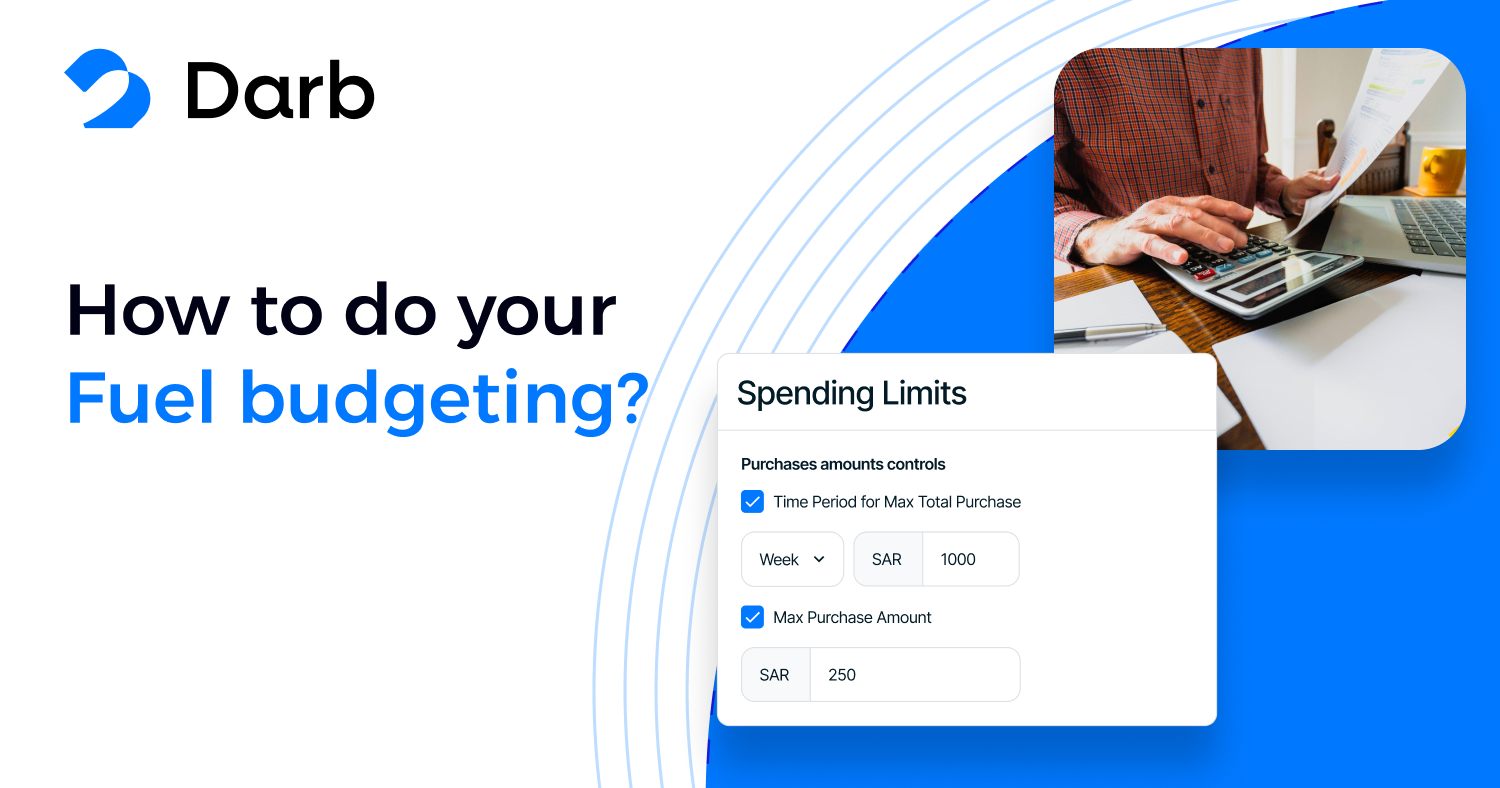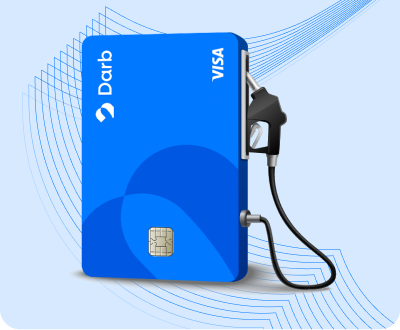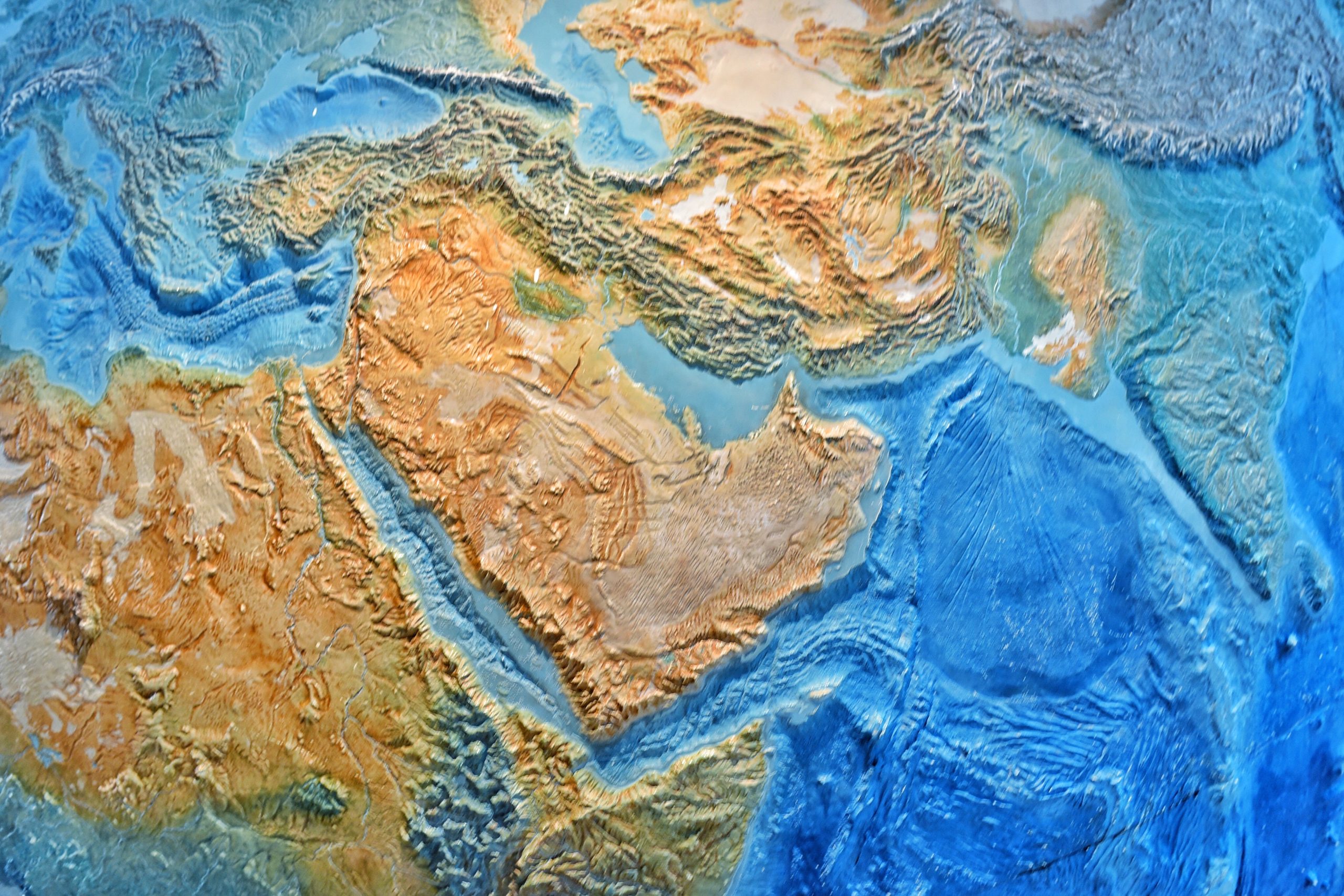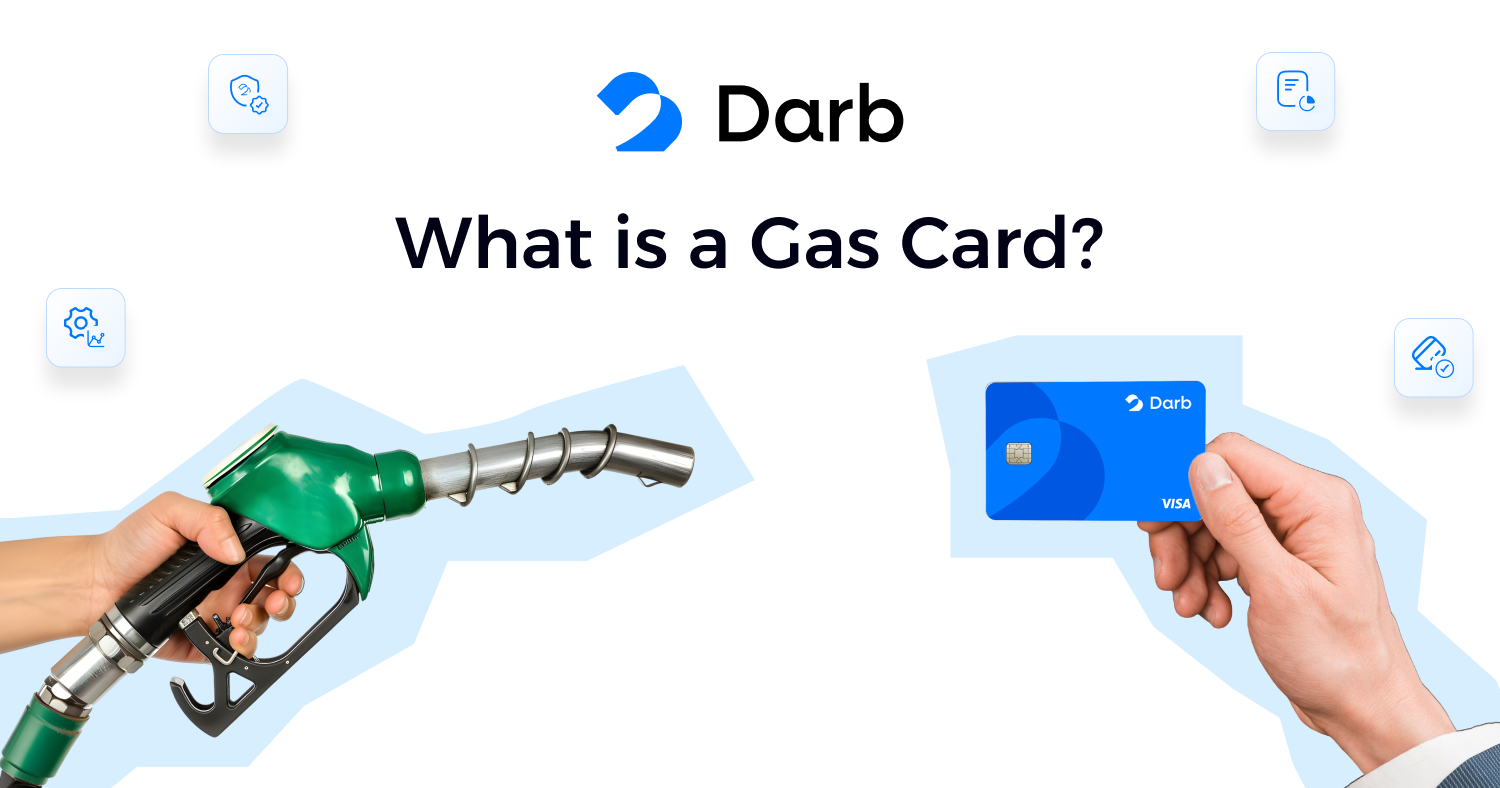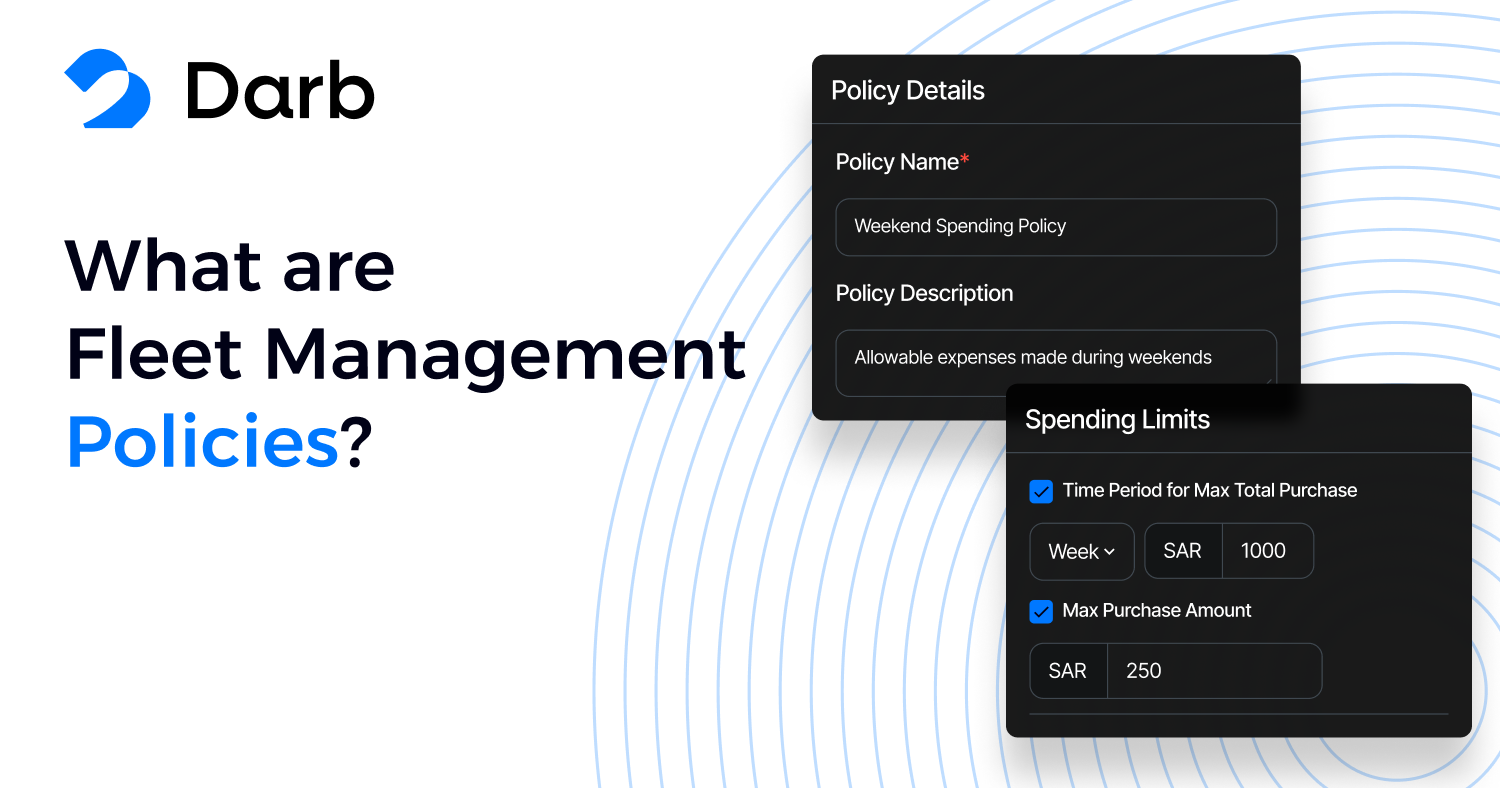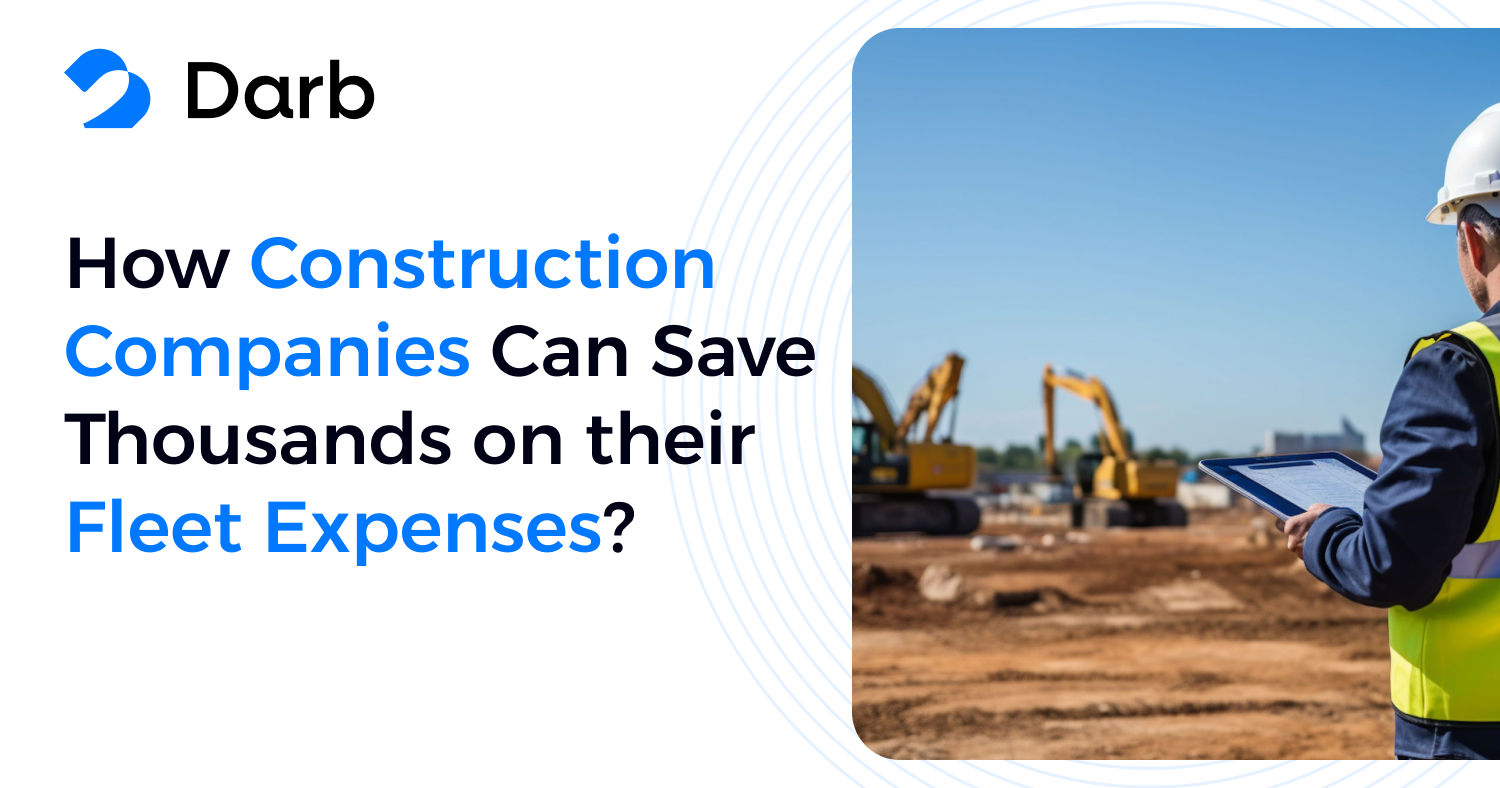Alright, let’s be real for a second—fuel is one of those sneaky expenses that can drain your wallet faster than you realize. One day, you think you’re doing fine, and the next, you’re wondering why your fuel gauge and bank balance are both running on empty. If you’re feeling the pain of ever-rising fuel prices, don’t worry—you’re not alone. But here’s the good news: with the right strategy, you can take control of your fuel spending and keep more money in your pocket. Let’s talk about how to do fuel budgeting the smart way!
Step 1: Understand Your Fuel Consumption
Before you can budget for fuel, you need to know how much you’re actually using. Think of this as doing a fuel audit for yourself. Here’s what you need to track:- How many kilometers (or miles) you drive per week or month
- The type of vehicle you have and its fuel efficiency (liters per 100km or miles per gallon)
- Your driving habits—do you speed, idle too much, or drive aggressively?
- The routes you take—are you always stuck in traffic, or do you take more efficient roads?
Step 2: Set a Monthly Fuel Budget
Now that you know your average fuel consumption, it’s time to set a budget. Here’s how:- Calculate Your Monthly Usage: If your car uses 8 liters per 100km and you drive 1,000km a month, you need 80 liters of fuel.
- Factor in Fuel Prices: Check the average fuel price in your area and multiply it by your estimated monthly usage.
- Add a Buffer: Fuel prices fluctuate, so it’s always smart to budget a little extra to cover unexpected price hikes.
Step 3: Be Smart About How You Buy Fuel
Buying fuel randomly without a plan is a recipe for overspending. Try these smart tactics instead:- Use Fuel Cards: Fuel cards (like the ones from Darbpay) help you control expenses and even link usage to your mileage meter, preventing fraud.
- Buy on the Right Days: Fuel prices often fluctuate throughout the week. Some studies suggest that prices are lower on Mondays or early in the morning before demand spikes.
- Use Rewards Programs: Many gas stations have loyalty programs where you earn points for fuel purchases. These points can be redeemed for discounts or even free fuel.
- Avoid Expensive Stations: Highway gas stations and those in premium locations usually charge more. Try to refuel at more affordable spots.
Step 4: Improve Your Driving Habits
Your driving style directly affects fuel efficiency. A few tweaks can make a big difference:- Drive Smoothly: Accelerate gently and avoid sudden braking. This can improve fuel efficiency by up to 20%.
- Stick to the Speed Limit: Speeding burns more fuel. If you drive at 100km/h instead of 120km/h, you could save up to 15% on fuel.
- Reduce Idling: If you’re waiting in the car for more than a minute, turn off the engine.
- Use Cruise Control: On highways, cruise control helps maintain a steady speed and saves fuel.
- Avoid Overloading Your Car: The heavier your car, the more fuel it burns. Clear out unnecessary items from your trunk.
Step 5: Plan Your Routes Wisely
If you’re driving around town inefficiently, you’re wasting fuel. Here’s how to be smarter about your routes:- Use Navigation Apps: Apps like Google Maps and Waze show the fastest routes and help you avoid traffic jams.
- Batch Your Errands: Instead of making multiple trips, plan your outings efficiently to reduce unnecessary driving.
- Carpool When Possible: Sharing rides with coworkers, friends, or family can cut fuel costs in half or more.
Step 6: Keep Your Car in Top Shape
A well-maintained car is a fuel-efficient car. Here are some maintenance tips:- Check Tire Pressure Regularly: Under-inflated tires increase fuel consumption. Keep them at the recommended PSI.
- Change the Air Filter: A dirty air filter reduces engine efficiency. Replacing it can improve fuel economy.
- Keep Your Engine Tuned: Regular oil changes and tune-ups keep your car running smoothly and efficiently.
- Use the Right Motor Oil: Some motor oils are designed for better fuel efficiency, so check your owner’s manual.
Step 7: Track and Adjust Your Budget
Your fuel budget isn’t something you set once and forget. Keep track of your spending and adjust if necessary. Use apps like:- Darbpay (if you use fuel cards)
- Fuelly (for tracking fuel economy)
- Spendee or Mint (for general budgeting)
Step 8: Consider Alternative Transportation
If fuel costs are eating into your budget too much, think about alternative ways to get around:- Public Transport: If your city has good public transit, using it a few days a week can save a lot on fuel.
- Biking or Walking: If you’re traveling short distances, ditch the car altogether and get some exercise.
- Ride-Sharing Services: Sometimes, using Uber or Lyft for occasional trips can be cheaper than maintaining a car full-time.
Bonus Tips for Extra Savings
If you really want to take your fuel budgeting to the next level, here are a few more expert strategies:- Buy a Fuel-Efficient Vehicle: If you’re in the market for a new car, consider one with better fuel economy or even a hybrid/electric model.
- Use Gas Price Apps: Apps like GasBuddy show you where to find the cheapest fuel near you.
- Limit Air Conditioning Use: Running the AC full blast increases fuel consumption. Use it wisely.
- Drive Less Overall: Consider working remotely a few days a week if possible to cut down on commuting costs.
